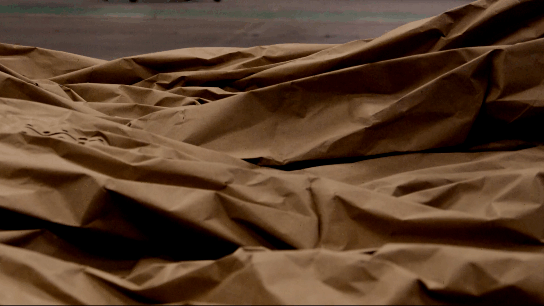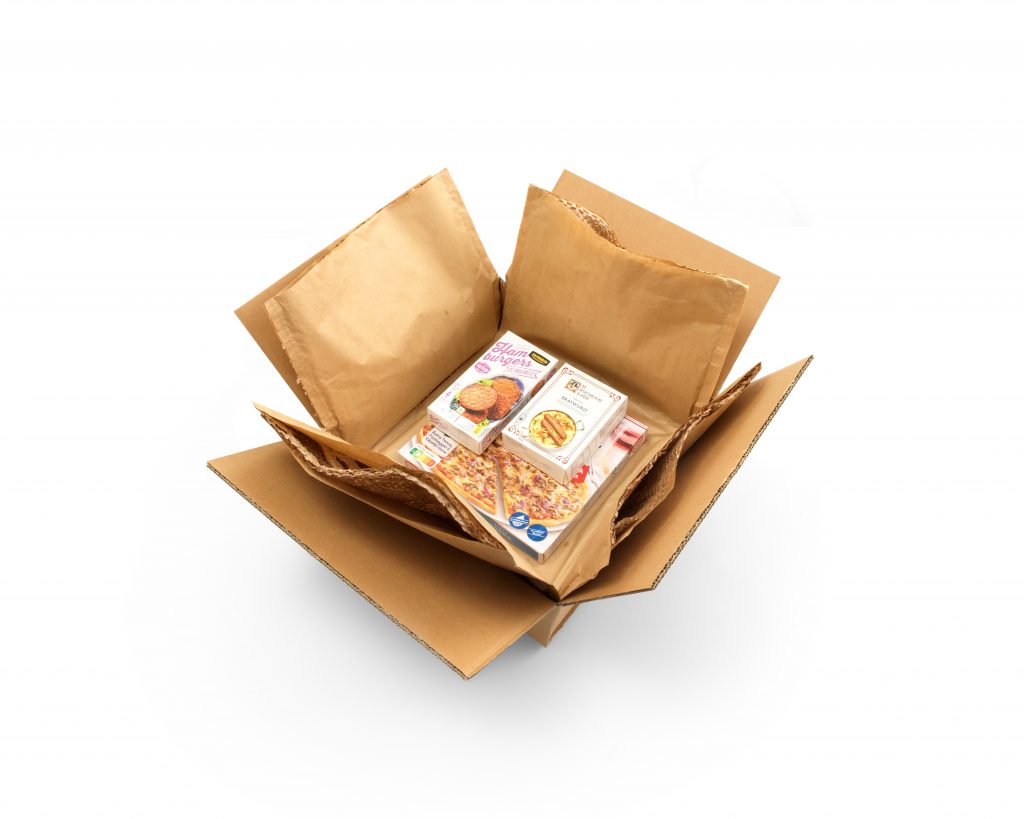It’s easier than ever for brands to make the switch from single-use plastic packaging to paper. The business case for replacing plastics continues to grow stronger, aligned with developing regulations around the world that prioritize recyclable packaging materials. Paper has always been a cost-effective packaging material, but despite this fact, the perception of higher costs associated with sustainable packaging alternatives or a lack of urgency around replacing plastic have kept many brands from making the switch. Today, regulatory pressures, consumer preferences for sustainability, and growing concern with the state of the plastics crisis are providing momentum for brands that can help them advance in their sustainable packaging journeys. Here are three reasons why now is the right time to replace single-use plastic packaging with paper.
1. Paper-based packaging can do virtually anything required in a shipping box.
Paper packaging can do so much more than just provide cushioning or dunnage material. Paper can be cut to provide wrapping material that expands on demand, rolled into a pad that is capable of supporting hundreds of pounds of weight, or even formed into liners that provide cold chain performance comparable to expanded-polystyrene (EPS) foam containers.
Learn more about sustainable cold chain solutions

Because of paper’s versatility, it can easily integrate into any packaging line, immediately helping to reduce the impact of single-use plastic. While globally, plastic recycling hovers around 9%, the recycling rate for paper is roughly 68%. This means that adopting paper is a tangible step towards embracing the circular economy.
Learn more about paper cushioning solutions
It’s also easy to identify the highest-performing sustainable solutions through packaging engineering. Ranpak’s packaging engineers can test multiple package configurations instead of making a simple one-to-one swap of materials. Drop testing is used to confirm damage protection, and even climate testing is used where appropriate to simulate the real conditions of a product journey. Finding the right balance of materials and protection allows paper packaging to be cost competitive without cutting any corners. For example, in one drop test scenario, Ranpak’s PadPak™ paper cushioning reduced the G forces on electronic equipment during a drop by 58% over plastic foam, while cutting the cost of materials in the box by 57%.
2. Shifting packaging rules favor the economics of highly recyclable paper.

The regulatory environment continues to provide a strong tailwind for sustainable action, as Extended Producer Responsibility (EPR) regulation has been enacted or proposed in 9 US states. These laws have been in place in Europe for years but are just gaining traction now within the US.
EPR laws make it so that businesses producing or using packaging materials with high rates of recycling and large amounts of existing infrastructure are less impacted by financial tolls. These tolls are put in place to help pay for recycling, so producers, not consumers, are responsible for the costs of disposal. Because paper fits this description, it can become a more economical choice than materials which are rarely recycled or require special facilities to process.
Finally, paper can be cost neutral to cost beneficiary for brands making the switch to more circular packaging materials, with a competitive price point compared to plastics. Paper has existed as a packaging material for decades, predating the invention of the plastics that are so commonly seen by consumers today. It’s cost efficiency has been continuously improved by technology development and packaging innovation. With the additional boost provided by regulations including EPR, it’s a strong, recyclable choice that can support businesses’ bottom lines while helping prepare for the future.
3. Technologies including packaging automation, computer vision, and AI are improving efficiency.

Another factor that makes the switch to paper more feasible is the growth of technology supporting the paper packaging industry. Innovations in how paper packaging is dispensed through converters have kept it competitive with plastics. That legacy has continued alongside the development of automation focused on packaging and intralogistics processes. Paper packaging can be paired with modular, scalable, and innovative automation solutions that give it an additional entry point into warehouses. That includes both greenfield and brownfield sites, where new solutions can be integrated and then scaled as demand increases.
Ranpak’s approach to sustainable packaging automation focuses on the end-of-line, where goods are placed into shipper packages along with whatever protective material they might need to stay safe through their journey. For example, the Cut’it!™ EVO height-reduction system uses a combination of machine vision and physical measurement to detect a carton’s highest point for filling, before cutting flaps to height, folding, and sealing a lid on the finished package. This system can achieve volume reductions of up to 25%, making shipping that much more efficient and reducing dim weight costs.
In the EU, the European Packaging Directive has also put limits on the amount of void allowed in packaging by 2030, further incentivizing a movement towards more efficient packaging strategies, such as void reduction for the end-of-line.
When integrating these automation solutions, a Precube’it!™ software analysis will often be the first step taken. In short, by obtaining full volume and order data for a site’s product mix, this software can crunch the numbers to produce an optimized number of box footprints that can significantly reduce the number of cardboard blanks required.
After integration, data collection continues. Solutions like Ranpak’s DecisionTower™ fills multiple roles, from identifying and rerouting potential mispacked items to measuring voids. Industrial AI can react to patterns, serving recommendations to improve a line or even flagging the need for preventative maintenance. Overall, these solutions can create a path for unrivaled ROI in the warehouse, adding another compelling reason why brands should make the switch to paper packaging.

